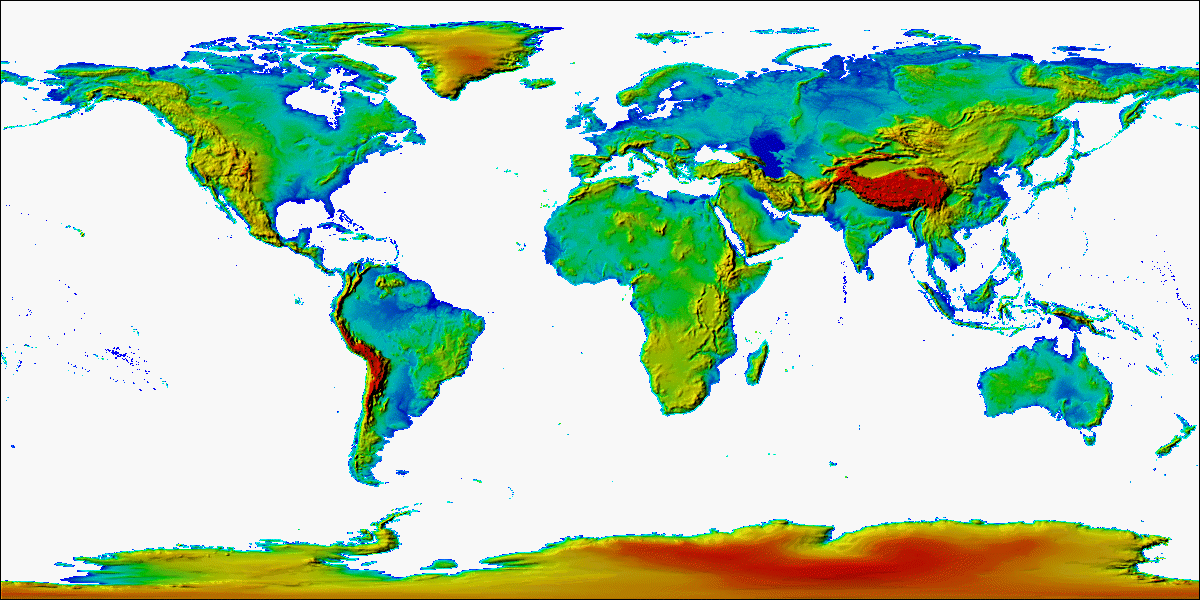
The three-dimensional shape of the Earth has become of major importance for
several remote sensing applications in the last year, thanks to the continuously
increased ground resolution of optical and radar sensors.
Topics like the geometrical correction of the remote sensed imagery through
models for image orientation and geo-referencing and the discrete 3-D
representation of the surface of the Earth through Digital Surface, Elevation and
Terrain Models (DSMs, DEMs, DTMs) based on remote sensed imagery are of
primary importance.
The mentioned topics are strictly interrelated, since the generation of DSMs requires stereo or multiple image orientation together with matching strategies, whereas the image correction for orthoimagery production requires the DSMs. Moreover, the generation of DEMs and DTMs from DSMs requires filtering strategies to eliminate vegetation and man-made objects (buildings, bridges,...) in order to recover the shape of the bare terrain itself.
The discrete 3-D representation of the surface of the Earth is a basis for a large and increasing variety of applications in Engineering, Earth and Environmental Science, Safety and Security (terrain analysis, flood prediction, coastal mapping, erosion control, determination of subsidence, noise and gas propagation, telecommunications planning, …), so that methodologies and technics related to the different steps of DSMs, DEMs and DTMs generation and quality control are in the centre of the SIG 3D Remote Sensing.
The SIG strongly encourages both the cooperation with other international
associations involved in similar topics as ISPRS, ASPRS, IEEE-GRSS, IAG and
the networking and technology transfer among the academia and professionals,
government entities and industry which are involved in remote sensing research
and applications at European level and beyond.
In this respect, the SIG organizes proper oral and poster sessions within each EARSeL Conference on an annual regular basis; further, the SIG promotes proper Workshops, approximately each two years, possibly in the frame of Joint Workshop of the EARSeL SIGs.
We are glad to encourage you to submit new ideas for future research which could be of interest for the SIG.
With our best and kind regards,
Mattia Crespi, Karsten Jacobsen

